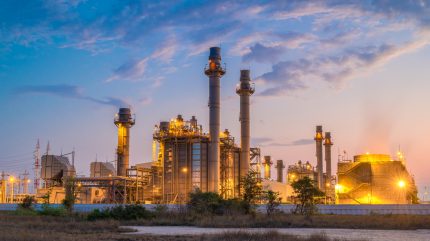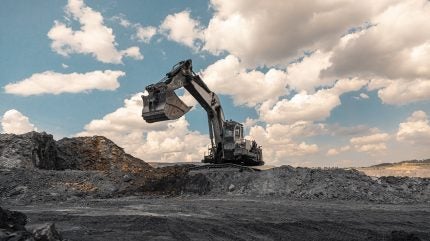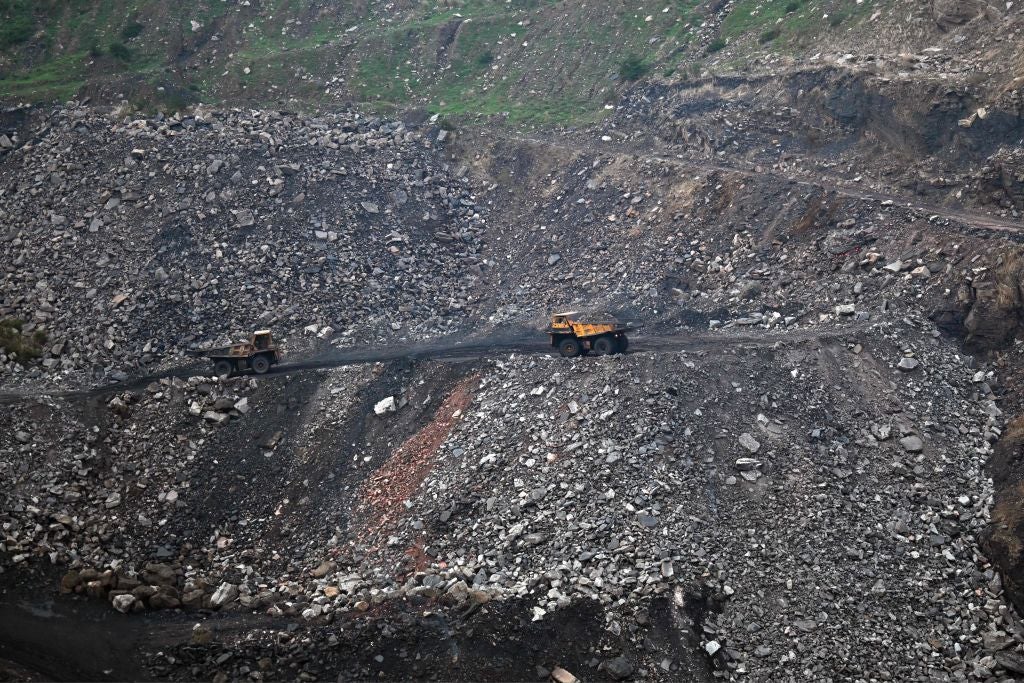
According to GlobalData forecasts, the robotics industry will be worth $586 billion by 2030, and industrial robots are set to be a significant factor in this growth. Sales of industrial robots already hit $14.6 billion in 2020, but GlobalData predicts that the market will be worth $352 billion by 2030, growing at a compound annual growth rate (CAGR) of 38%.
Automation has already been deployed across heavy industry as a means of improving efficiency and quality in manufacturing but is set to be the key to improving productivity in other, unique ways within the sector. Tech developments mean robots are becoming lighter and more mobile, with the incorporation of artificial intelligence (AI) and cloud computing providing the capacity for advanced data collection and analysis.
For addressing challenges in industrial maintenance, robots will become essential to cleaning and repairing areas such as pipelines, tanks, process vessels, fired heaters, and furnaces – components that are usually inaccessible to humans or can only be maintained through time-consuming dismantlement or replacement. The next generation of agile robotics can carry out these hazardous tasks efficiently and effectively, thus streamlining industrial processes and simultaneously reducing costs.
New robots to maintain inaccessible industrial components
Under human supervision, maintenance robots can optimise heavy industry and reach those places that are difficult or dangerous for personnel to visit. Large internal tank inspections, for example, are arduous and time-consuming to execute when conducted by members of staff. A further problem encountered across industries is the difficulty of maintaining storing and transportation facilities, which frequently suffer from internal corrosion but are challenging for humans to examine safely.
Robots can access infrastructure in remote locations and automate inspection tasks. Unmanned ground vehicles (UGVs) and unmanned underwater vehicles (UUVs) can be used for onshore and offshore pipeline inspection, and robotics are already being employed to inspect and maintain wind turbine blades without technicians needing to endanger themselves through rope access. Heavy industry frequently involves the use of hazardous chemicals, but environments are made much more dangerous for employees if equipment is not properly maintained.
Transporting untreated wet gas is a significant corrosion risk to pipelines, and maintaining such infrastructure is challenging. The presence of contaminants such as H2S and CO2, which corrode carbon steel surfaces, can compromise the safety of key infrastructure, including finger slug catchers, flare lines, and wet gas pipes. To avoid expensive leaks, loss of containment, and even unplanned shutdowns, pipelines need to be well maintained, and robots are the ideal tool to facilitate inspection and repair of tricky-to-access pipes.
“Organic coatings or in-kind replacement are traditional methods of protecting internal surfaces of large diameter tubes. However, organic coatings are not suitable for many environments, and in-kind replacement is expensive and slow,” notes Al Geraskin, head of product management and innovation at IGS. “IGS Pipe ID Rover can inspect, prepare the surface, apply the high-alloy cladding, and then deliver a report of cladding thickness and consistency.”
Industry-leading solutions include the Metalspray PipeID rover from IGS, a revolutionary self-propelled system for protecting the cladding of pipelines. The robot can navigate through pipelines unmanned, applying a durable, comprehensive alloy coating to interior surfaces. With additional real-time scanning capabilities, the rover provides staff with essential documentation to ensure quality and accountability. IGS is reapplying these technological principles with the development of its Metalspray Automated Cladding solution that can protect vessel shell from corrosion and erosion without endangering human personnel.
Advanced capabilities of industrial robots
Connected to AI and the Internet of Things (IoT), the next generation of industrial robots are equipped with state-of-the-art sensors and video recording software that can be used to help maintenance teams in making decisions more quickly. New developments in light detection and ranging (LiDAR) software, as well as beyond visual line of sight (BVLOS) technology will only enhance robots’ capacity for identifying and solving maintenance problems.
The Tube Tech rover from IGS is an example of how modern robotics can be deployed to ease industry challenges, in this case furnace convection section fouling. Guaranteed to remove at least 90% of fouling, the Tube Tech rover improves the thermal efficiency of fired heaters, thus reducing fuel consumption and carbon emissions by up to 15%. The rover’s smart digital sensors can adjust water pressure to remove fouling while protecting asset materials completely independently. An HD camera records footage of the fouling removal and is uploaded to the Cloud, where staff can then identify any particular areas of blockage to assist in future infrastructure planning.
With a forecast value of hundreds of billions, industrial robotics are the future solution to industrial maintenance problems, delivering high-quality results at low cost.
“IGS uses automation to increase the speed and quality of cladding,” says Al. “Metalspray is already the fastest and highest quality solution in many applications. Adding automation further reduces the risks and the cost for the customer, thus making more projects economically viable.”
To learn more about how IGS robotics solutions can support your business, download the free whitepaper below.
Sign up for our daily news round-up!
Give your business an edge with our leading industry insights.




